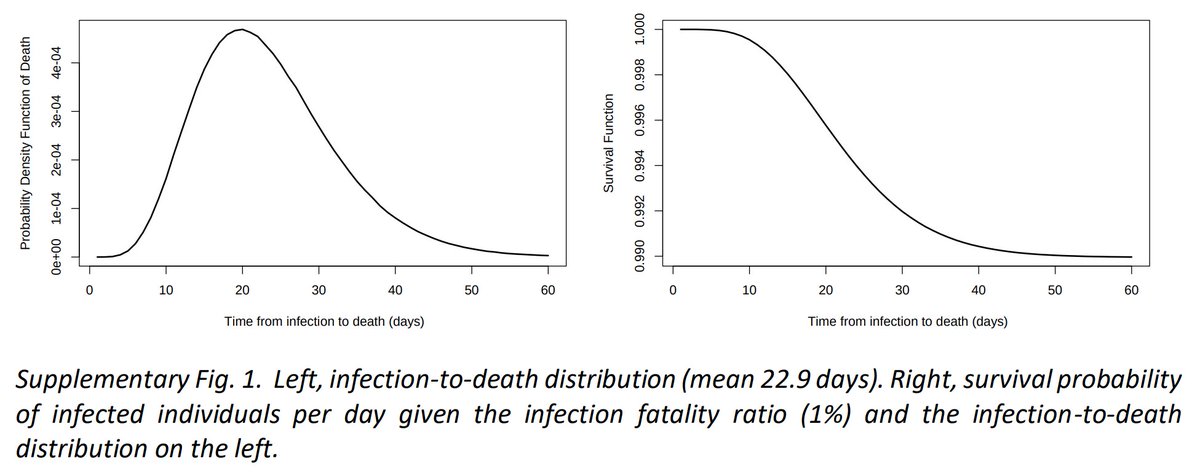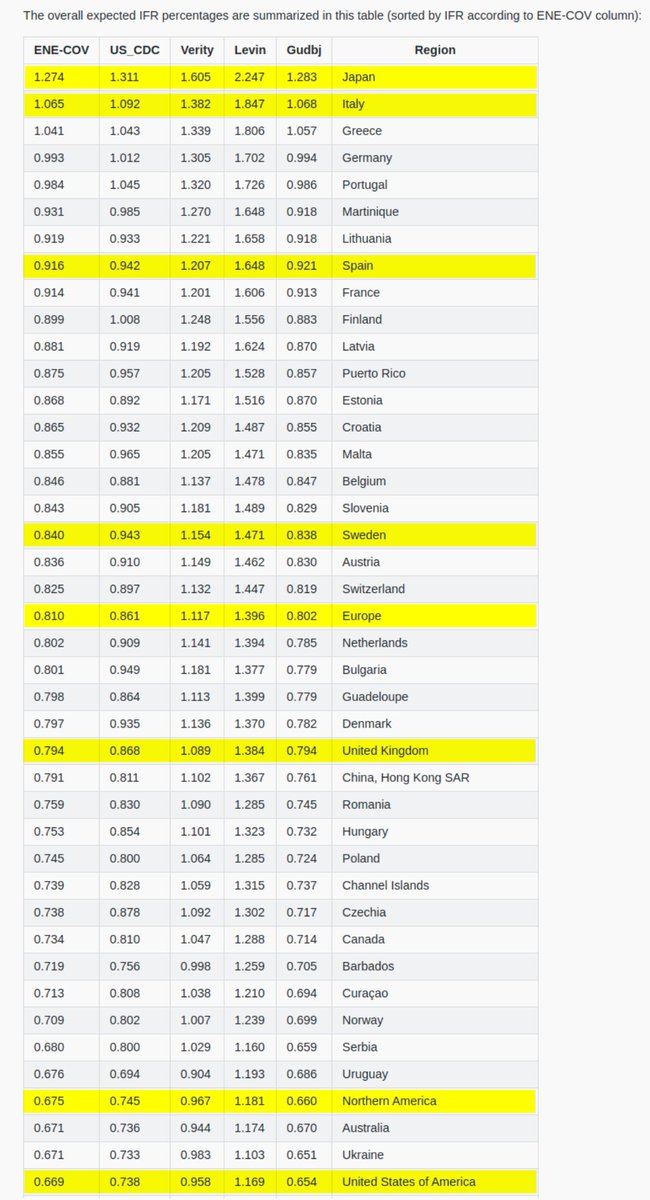
͏@VoidSurf1 wrote a cool thread on Sweden excess deaths over the last few centuries. At first sight, his analysis seems correct... But there is a fatal flaw.
1/n
1/n
Despite the mortality data for 2020 being preliminary, he took great precautions to make it as accurate as possible. Good👍
Note how it is apparent that the month of April alone had 2000 excess deaths.
3/n
Note how it is apparent that the month of April alone had 2000 excess deaths.
3/n
https://twitter.com/VoidSurf1/status/1313781483862142977
This chart (red annotations are mine) shows excess mortality per year, while ignoring months with below-average mortality. So this shows excess death events that lasted less than a year.
For starters, this shows COVID-19 caused the highest excess mortality since World War 2
4/n
For starters, this shows COVID-19 caused the highest excess mortality since World War 2
4/n

But check out the Y axis... Why does it show only about 600 excess deaths for the period Jun 2019-Jul 2020?
(The title shows Jul-Jun instead of Jun-Jul... probably an error)
We saw above the month of April alone had 2000 excess deaths. So why does the chart show 600?
5/n
(The title shows Jul-Jun instead of Jun-Jul... probably an error)
We saw above the month of April alone had 2000 excess deaths. So why does the chart show 600?
5/n
This is an error in @VoidSurf1's analysis. His chart appears to fail to ignore months with negative mortality. Therefore COVID excess deaths after March 2020 are hidden, negated by the unusually low mortality of Winter 2019-2020:
6/n
6/n
https://twitter.com/zorinaq/status/1309594630963380224
If I find the time, I will re-do his analysis myself. In the mean time, we can only wait for @VoidSurf1 to respond.
7/n
7/n
There was a bigger issue with his analysis:
8/n
https://twitter.com/zorinaq/status/1320613286707036160
8/n
• • •
Missing some Tweet in this thread? You can try to
force a refresh








